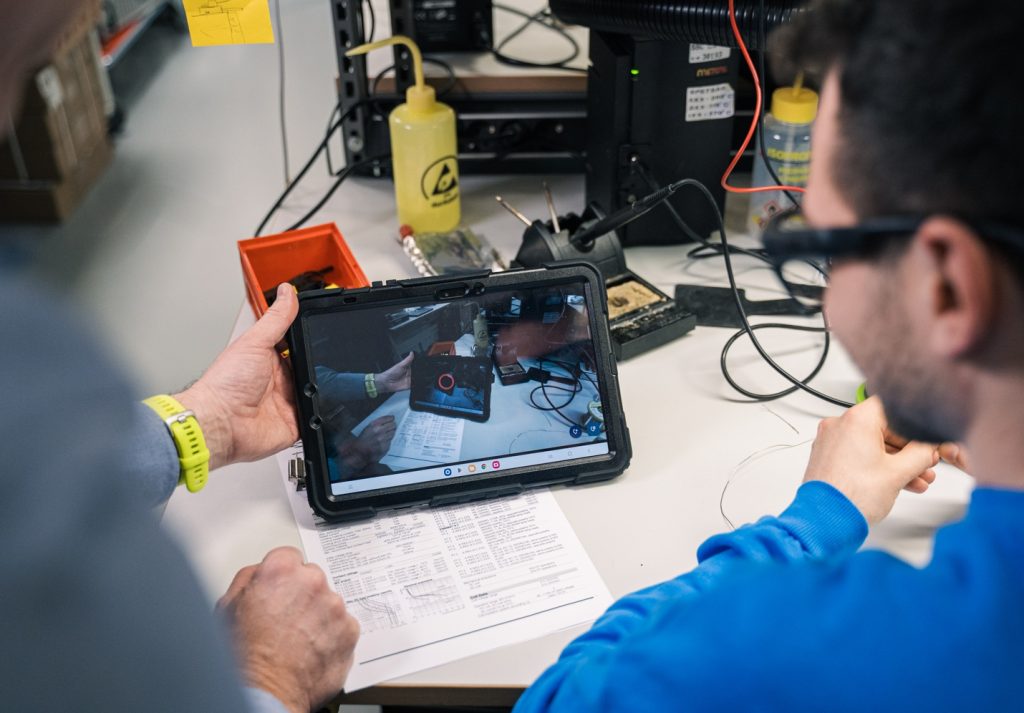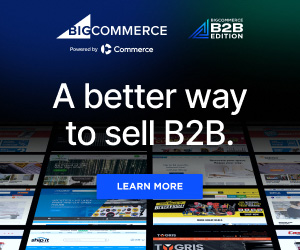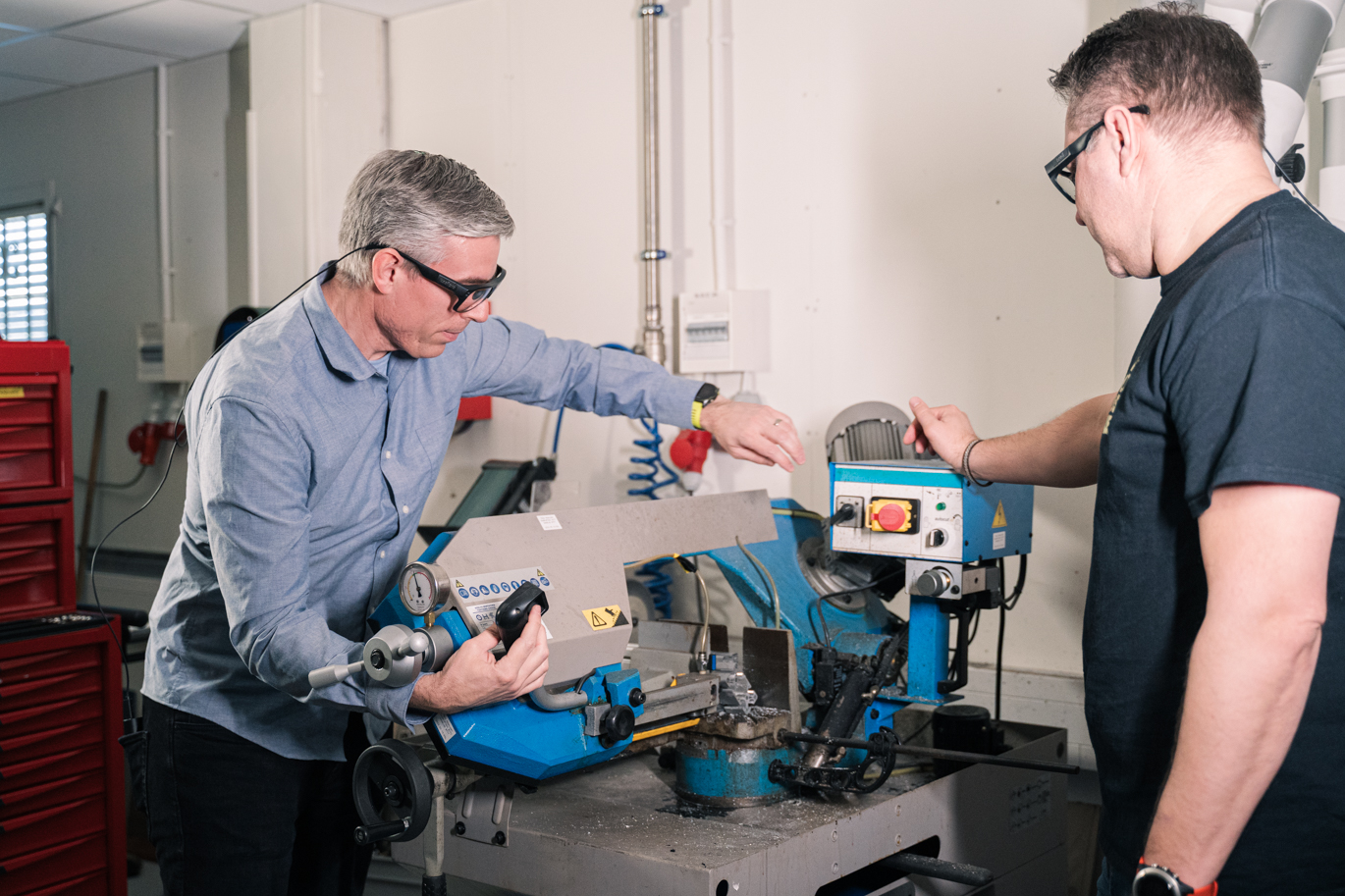By developing eye tracking that captures skills and behaviour, I’ve learnt how we can level up training quality while reducing the time that it takes!
An old colleague of mine once described their experience working with employee training as a high-stakes game of pin the tail on the donkey. It’s instructional, it’s mostly guesswork, and you hope no one gets hurt. Luckily, we’ve come a long way since the 1980s.
As far as we’ve come, I still hear the same frustration from people across the industry – why does training take so much time, yet tell us so little about how people actually perform? And perhaps more importantly, how can we make sure the precious time we spend training actually pays off on the job?
Compliance or competence?
Our industry exists in a crucible of regulation and rules. This makes sense – we want to keep employees safe and quality at a high level. But the National Association of Manufacturers estimates that regulatory compliance costs have increased by $465 billion in the US since 2012, with smaller manufacturers bearing the highest cost per employee.
Clearly, ignoring compliance is not an option – it’s what keeps the lights on. However, an increased focus on compliance means we risk valuing training completion over the training itself. Compliance can give us a ticked box, but that doesn’t always translate into the best workforce performance.
On the other hand, competence is harder to teach – but once it’s learnt, it’s much harder to lose. It can be difficult to measure, but it’s ingrained on a deeper level. It’s not about showing up to training; it’s about applying skills under pressure, with real consequences.
So why don’t more companies prioritise competence? Because training for competence takes more effort, more hours, and can impact short-term productivity. What we need is the essence of one-on-one coaching – without the overhead.
The era of eye tracking
Eye tracking advancements have shown us that vital truths about behaviour and cognition can be decoded from our eye movements. Wearable eye tracking glasses show not just what a worker sees, but where their attention is drawn – tracking every glance, hesitation, and decision in real time.
The glasses consist of a discreet frame, with cameras and infrared illuminators hidden in the lenses. This setup captures the tiniest of eye movements, which are then overlaid on a scene video recorded from the wearer’s perspective. The result is a high-quality POV recording that shows exactly where the wearer looks at any given time.
Faster, deeper training
What does that mean for your training? At Tobii, I’ve seen manufacturers like Denso and Kubota cut their training time in half. That means better outcomes in less time and at a lower cost.
Eye tracking captures the hidden knowledge of your most skilled employees. It helps create focused training materials that reflect subconscious expertise. Most importantly, it allows your team to keep doing their jobs – because the task of training others is now faster and more effective.
Preserving the knowledge
According to a Gallup study, replacing an existing employee can cost between 1.5–2x their annual salary. And when skilled employees move on, their know-how often goes with them. Eye tracking lets you capture how experts think – not just what they do – so you can pass that knowledge on and build future expertise more quickly.
Level up quality
With eye tracking in place, you can also evaluate how operations run day to day. Hazards, accidents, and quality issues often fly under the radar – but they’re costly. Eye tracking studies log what your business really looks like from the ground level.
Small changes – to lighting, layout, equipment positioning, or task order – can make a major impact. I work with companies using eye tracking to uncover these invisible inefficiencies. Some are even using it to guide major production changes.
A solution for training, and beyond
At Tobii, we’ve developed tools that bring industrial training into the modern era. The method is simple – put on the glasses, review the recordings and visualisations with your team, and uncover insights.
The implications are huge – objective data without disruption. Just the raw, unfiltered truth of how skilled people work, and how to scale that knowledge across your team faster than ever.
Not bad for a pair of glasses.
 Author: Gunnar Troili, Senior Vice President of Products and Solutions, Tobii.
Author: Gunnar Troili, Senior Vice President of Products and Solutions, Tobii.
For more articles like this, visit our Innovation channel.





